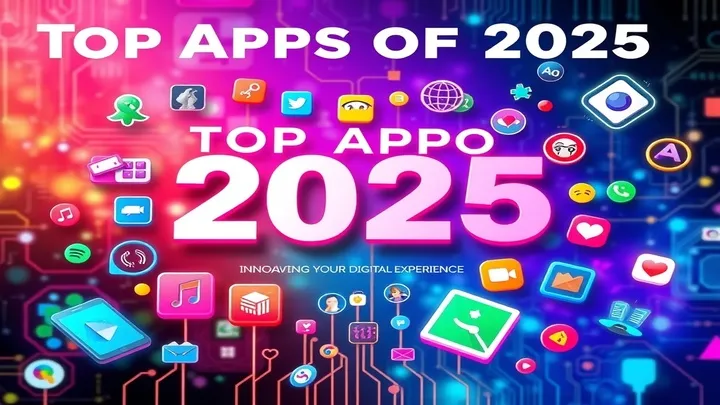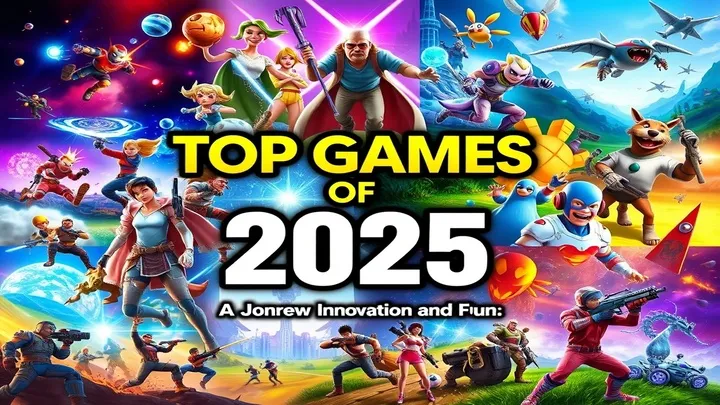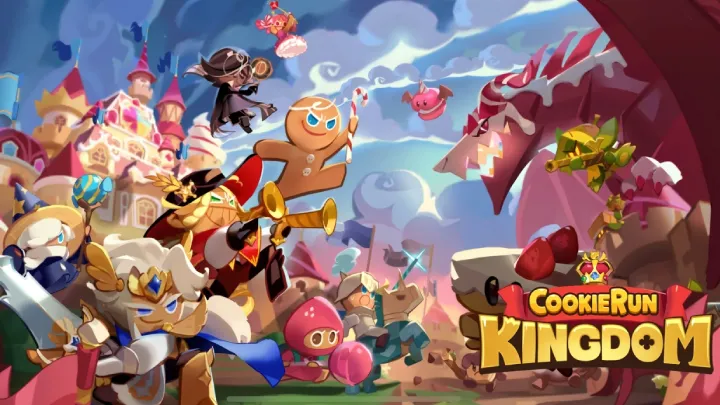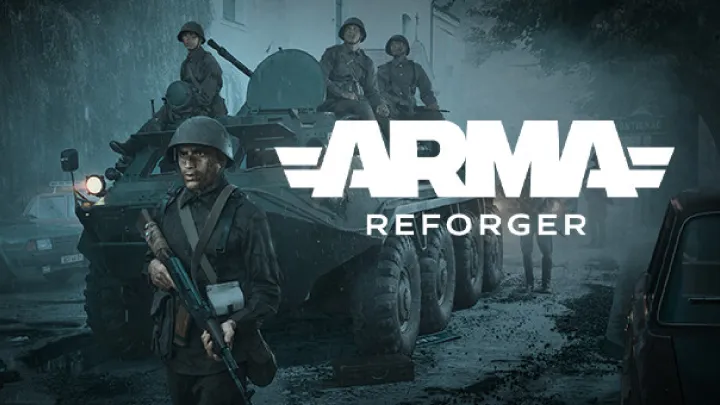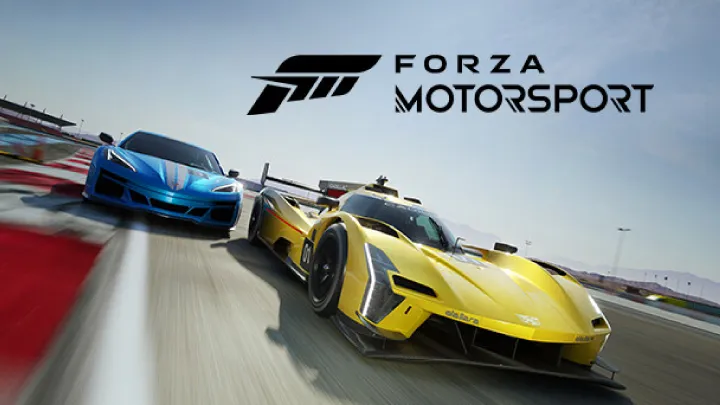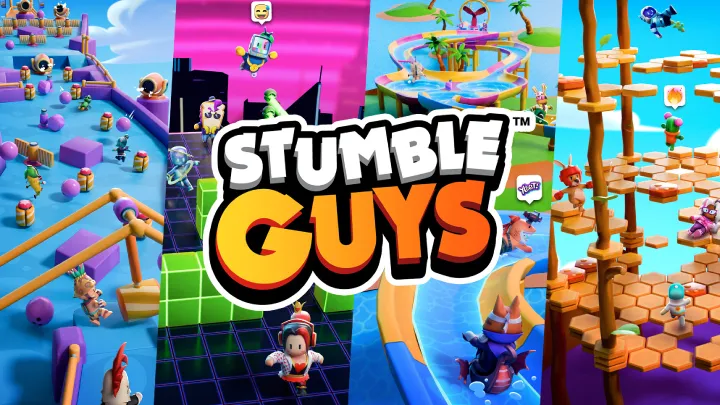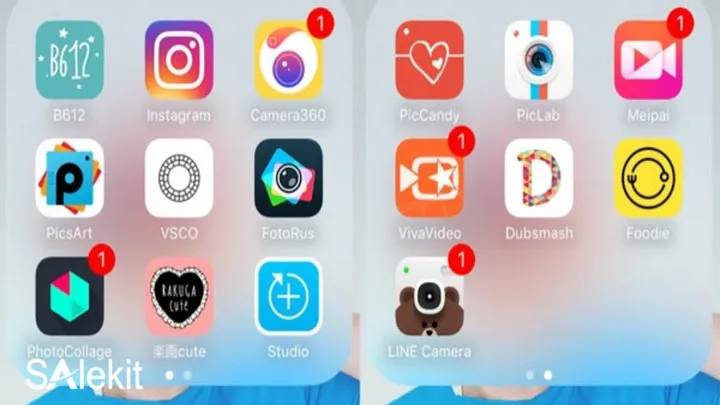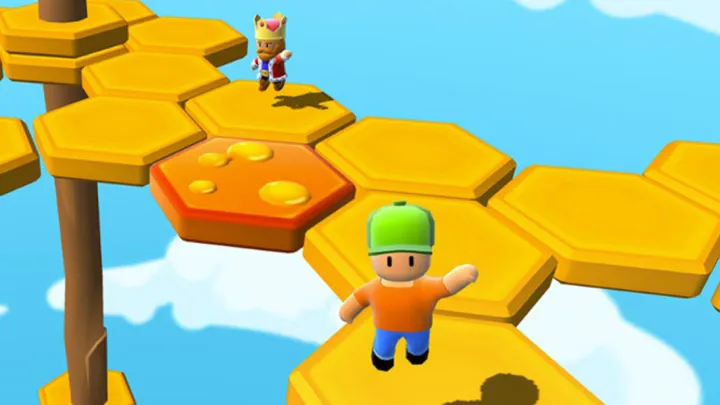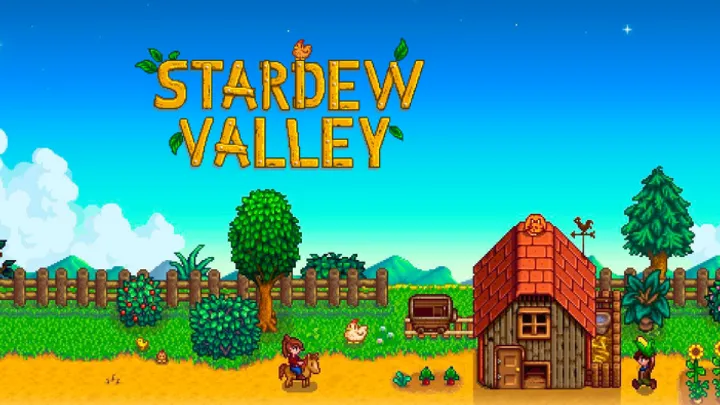At first glance, Hades looks like a stylish action roguelike — quick runs, randomized weapons, and procedurally shifting chambers. Yet beneath its fast-paced combat lies one of the game’s boldest design choices: the integration of a deep, evolving story. Instead of cutscenes before or after a campaign, Hades drip-feeds narrative across dozens (or hundreds) of failed escape attempts.
This system, innovative as it is, introduces a core design tension. Roguelikes are about grind, randomness, and infinite replay. Stories, on the other hand, rely on pacing, rhythm, and resolution. How do you marry the two without one undermining the other? Let’s explore the balance — and imbalance — at the heart of Hades.
1. The Traditional Roguelike Structure
To understand Hades, we first need to grasp roguelike DNA.
- Core loop: randomized runs, permanent death, player adaptation.
- Replayability: infinite runs are the “content.”
- Progression: usually mechanical (stats, skills), not narrative.
Traditionally, roguelikes sacrifice storytelling for endless replay. Hades turns this expectation upside down.
2. How Hades Breaks the Mold
Supergiant Games redefined the genre by embedding story into failure.
Key innovations
- Every death advances conversations with characters.
- New dialogue unlocks even after dozens of runs.
- Story arcs parallel gameplay mastery.
This makes losing feel meaningful — but also risks stretching narrative too thin.
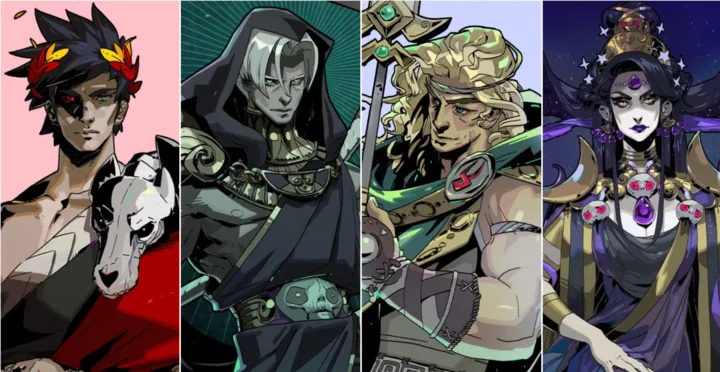
3. The Drip-Feed Narrative System
The slow reveal of lore is one of Hades’ trademarks.
- Zagreus’ relationships (with Nyx, Thanatos, Persephone, etc.) evolve over dozens of runs.
- Godly boons double as narrative moments — Olympians react to Zagreus’ progress.
- Failure is progress: each death is framed as a step forward.
But not every player has the patience for such a long arc.
4. The Grind Problem
For some, story pacing clashes with grind.
Common complaints
- Repeated rooms become tedious before story beats land.
- Dialogue can feel “locked” behind arbitrary numbers of runs.
- Long waits between major revelations frustrate narrative-driven players.
The roguelike core demands repetition, but narrative pacing demands forward motion.
5. Emotional Investment Across Runs
Despite grind complaints, the structure fosters emotional bonds.
- Conversations with characters mirror Zagreus’ persistence.
- Repeated failure emphasizes the theme of endurance.
- The slow burn creates more impact when payoffs arrive.
This emotional layering is why Hades resonated with players beyond typical roguelike fans.
6. Randomness vs. Story Consistency
Roguelikes thrive on randomness — but randomness can disrupt storytelling.
- A run might emphasize Poseidon boons, yet no Poseidon dialogue triggers.
- Players can miss character interactions for dozens of runs.
- Some arcs (like Thanatos’ appearances) feel RNG-dependent.
Narrative risks being fragmented, depending on luck.
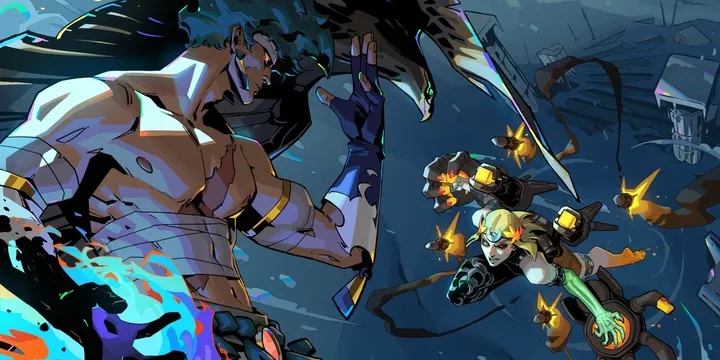
7. The Reward of Perseverance
The genius of Hades lies in how story reinforces mechanics.
- Escaping the underworld isn’t just player progression — it’s Zagreus’ journey.
- Family themes parallel gameplay persistence.
- Victory feels earned because of the grind, not despite it.
This is where grind and narrative merge beautifully.
8. Comparisons to Other Narrative Roguelikes
Hades wasn’t the first to try this, but it executed it best.
- Dead Cells: Story is minimal, lore is optional.
- Slay the Spire: Mechanics dominate, narrative is skeletal.
- Returnal: Story integrated into loops, but divisive in pacing.
Hades proved narrative depth could enhance, not just coexist with, roguelike design.
9. Community Adaptations and Player Mindsets
Different players approach the grind/narrative split differently.
H3: Player types
- Narrative-first: They chase dialogue, risking burnout from repetition.
- Mechanics-first: They embrace grind, enjoying story as a bonus.
- Completionists: Determined to unlock every line, no matter how long it takes.
The system rewards patience — but patience isn’t universal.
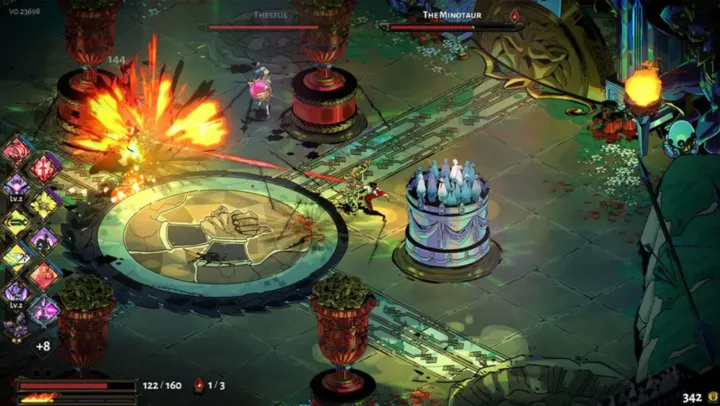
10. The Future: Lessons for Hades II and Beyond
With Hades II in early access, the balance question resurfaces.
Lessons for sequels
- Story pacing must respect grind tolerance.
- RNG elements should not gate key character arcs.
- Hybrid progression (mechanical + narrative) is essential.
If Supergiant can refine the balance, Hades II could elevate the formula further.
Conclusion
The magic of Hades lies in its risky experiment: weaving a heartfelt, evolving story into a genre built on grind. For some players, the tension between repetition and narrative pacing causes frustration. For others, it’s the reason Hades feels so profound.
What’s undeniable is that Hades reshaped expectations for roguelikes. It showed that even in a genre defined by endless loops, story can thrive — not as a cutscene reward, but as part of the loop itself. The grind is the story.








